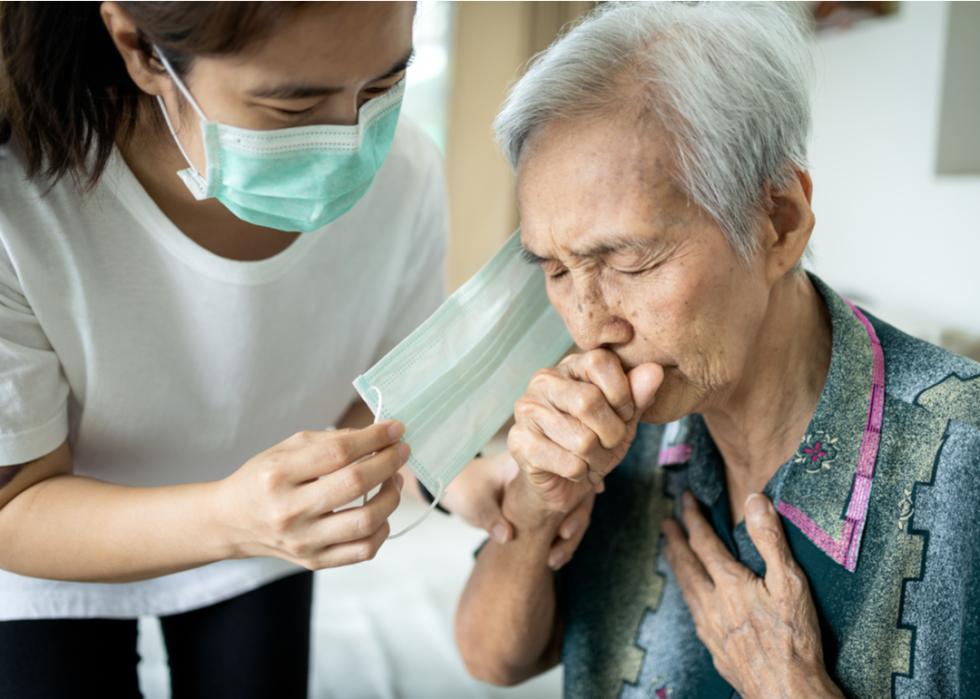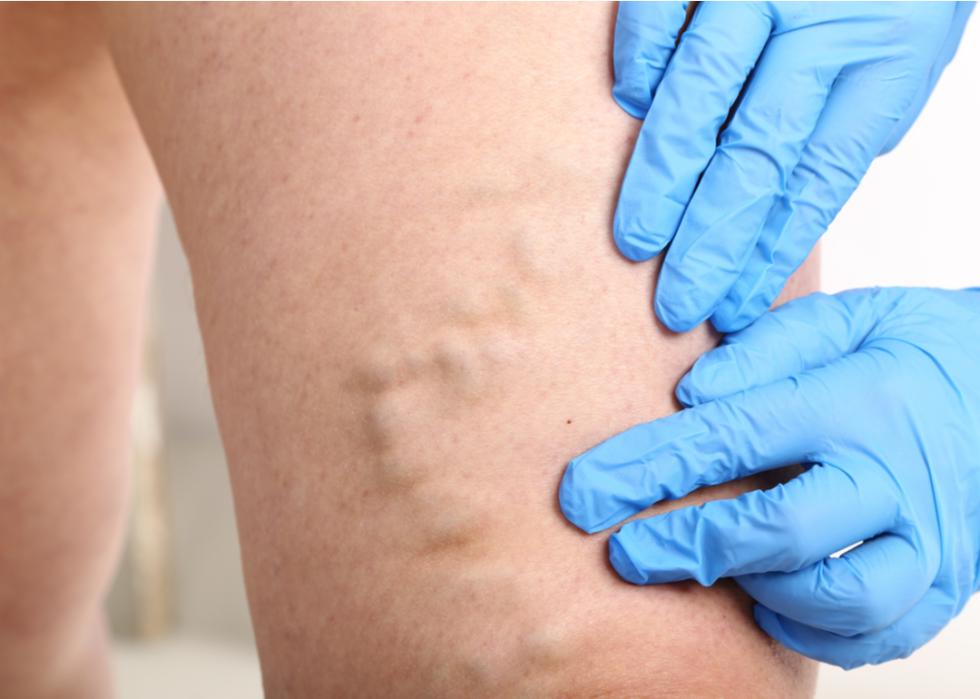
Eight long-haul symptoms of COVID-19
Most people who get infected with the coronavirus recover within a few weeks. However, some continue to experience symptoms weeks or even months after they are infected. They have what are known as long-haul symptoms of COVID-19. As such, they are sometimes called COVID-19 long-haulers. Sometimes, even patients who had a mild or asymptomatic coronavirus infection can become long-haulers.
Scientists want to learn more about who becomes a long-hauler and why. This knowledge can help shape public policy, and determine the best standards of care and precautions to prevent viral transmission of the disease.
An advocacy group called Patient-Led Research for COVID-19 released its first report in May 2020, to provide an in-depth look at the experiences of more than 600 COVID-19 long-haulers. Susannah Fox, who studies online communities of patients with chronic conditions, told MIT Technology Review in August 2020 that such patient groups will be more important to health professionals, particularly during crises such as the coronavirus, that cause health professionals to be overwhelmed.
"The future of health care and technology is being built on such communities," Fox said. She added that some of the earliest users of online bulletin boards and other online communities were patients with chronic diseases.
Stacker compiled a list of long-term COVID-19 symptoms based on research and data from experts at institutions across the world, including the Centers for Disease Control and Prevention, Mayo Clinic, Northwestern University, and New York-Presbyterian/Columbia University.

Altered sense of smell and taste
Among 100 people who presented to Northwestern Memorial Hospital's Neuro-COVID-19 clinic in Chicago, with symptoms compatible with the Infectious Diseases Society of America COVID-19 guidelines, 59% reported dysgeusia, or an impaired sense of taste, and 55% reported anosmia, or an altered sense of smell. The patients were seen at the hospital, which operates in a partnership with Northwestern University's Feinberg School of Medicine, an average of five to six months after the onset of COVID-19 symptoms. Dysgeusia and anosmia may be the result of viral invasion of the olfactory cortex, the part of the brain associated with the sense of smell and taste.

Difficulty breathing
Dyspnea, or difficulty breathing, is the most common long-haul symptom of COVID-19. More than 40% to almost 70% of patients with COVID-19 report having trouble breathing 60 to 100 days after diagnosis or hospitalization. Dyspnea has been linked to viral damage of the alveolar and epithelial cells in the lungs, and inflammatory damage to vascular cells. Researchers have found corticosteroids may help some long-haul COVID-19 patients with residual lung inflammation or persistent inflammatory interstitial lung disease.

Memory issues
Cognitive impairment after COVID-19 recovery can present as trouble with concentration, memory, understanding words and language, and/or executive function. These cognitive difficulties may be the result of damage to the hippocampus, the part of the brain that plays an important role in learning and memory. Damage to the hippocampus may put people with COVID-19 long-haul symptoms at risk for the hippocampal-related degeneration characteristic of Alzheimer's disease.

More frequent blood clots
The coronavirus that causes COVID-19 can make blood cells more likely to coagulate, or clump and form clots. Specifically, heart damage caused by COVID-19 is likely the result of clots in the small vessels, or capillaries, in the heart. The risk of blood clots in those with long-haul COVID-19 may be associated with damage from severe inflammation, although scientists don't know how long the inflammation can persist. Doctors might want to treat blood clots in those with long-haul COVID-19 with low-molecular weight heparin and direct oral anticoagulants versus vitamin K antagonists, because patients taking vitamin K antagonists need frequent blood tests to monitor medication levels.

Trouble sleeping
Patients with long-haul COVID-19 may develop or will continue to experience neuropsychiatric symptoms, including insomnia, or sleeplessness, for months after they are initially infected. These symptoms may be the result of nerve cell damage due to inflammation. Levels of immune system activation are directly associated with cognitive and behavioral changes. Although little compelling evidence exists that the coronavirus that causes COVID-19 infects neurons, autopsies have found evidence that the virus causes changes in the brain that promote inflammation in nerve cells and blood vessels in the brain. Inflammaging, the chronic low-level brain inflammation that develops with age, may also play a role in the persistent psychiatric effects of COVID-19.

Lightheadedness
Dizziness, sometimes called vertigo, has long been associated with viral infections. So researchers are not really surprised that studies from around the world have found vertigo is one of the most common symptoms of COVID-19. Scientists in Pakistan believe that the coronavirus enters the nervous system via the circulatory system, and binds to the angiotensin-converting enzyme 2 receptors in the lining of the capillaries in the brain. Hypoxia, or insufficient oxygen delivery, and damage caused by blood clots and inflammation are other possible ways nervous system damage can cause vertigo in those with long-haul COVID-19.

Strain after physical or mental work
Scientists do not know much about what causes post-COVID-19 fatigue, also called post-exertional malaise or chronic fatigue/myalgic encephalopathy, following viral infection. One possible explanation is that while the body fights off the coronavirus, the immune system releases proteins that promote inflammation and can stimulate the immune response. These proteins are called cytokines, and they are also responsible for the symptoms of post-COVID-19 fatigue. However, cytokine levels sometimes do not return to normal and cause ongoing symptoms.

Chest pain and heart palpitations
Viral infection, inflammation and the immune response, and a decrease in the number of, or downregulation of, angiotensin-converting enzyme 2 receptors may be the root cause of chest pain and heart palpitations in those with long-haul COVID-19. Infection, inflammation, and the downregulation of ACE2 receptors damage the heart muscle; the pericardium, or the sac around the heart; and the conduction system that controls the heartbeat by conducting electrical impulses through the heart. Scarring of the heart muscle can lead to palpitations, or arrhythmias, as can cytokines, which are proteins that stimulate the immune response and promote inflammation.



